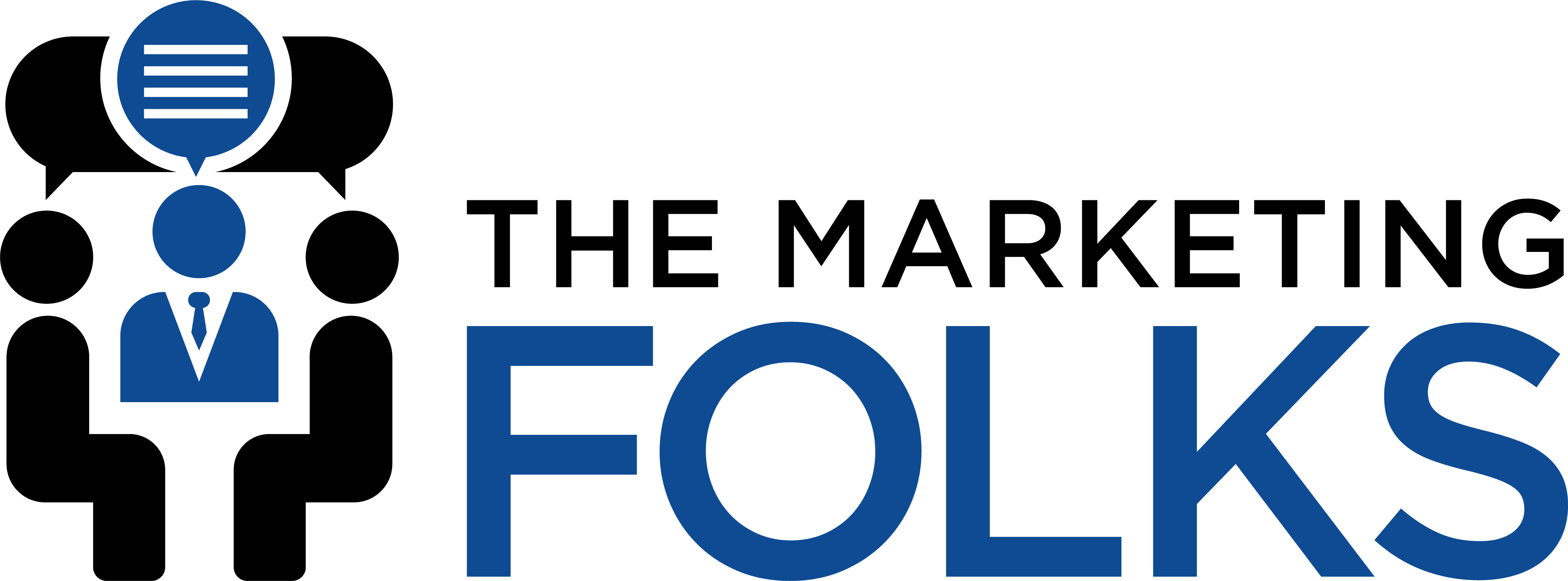Important Components Every Website Should Have
Websites are a composite of a number of different elements that make up a whole. A well designed website will integrate each of a series of different assets and content in a design that is geared towards creating a synergistic whole.
Web developers will consider the target audience, what platforms they will be offered on, and how the web site will be accessed. A series of considerations goes into the design, and it includes security, the code base used, which server will be used to host the site, how much bandwidth is required, and other types of technical considerations.
To break the site up into its composite elements, generally the following can be considered:
Front End Elements
The front end elements include the graphical user interface, and the content that is displayed in the web browser. It includes the content available on mobile devices or tablets, and includes written content, images, multimedia and interactive elements. It may include logins into a secured area of the site, which is still included in the front end of the coding.
The parts that function as the foundation to push information from the server to the display is recognized as the back end of a website. Full stack developers are able to design both the front end interactive elements, and to create the database and logic so that the front content display is updated according to how it interacts with the user.
Back End Elements
Often a website will have components such as a database to store user information, or contents that can be called up to provide a display, such as when a query is made.

Even though visitors will not be able to see the back end elements, they are still important.
For example, a back end of a website stored on the server for an accommodation site will store a series of tables of information about the types of accommodation that is available to be rented, and what dates are available.
A user can enter a search enquiry into a website, and a series of parameters put through a front end query will elucidate a string of responses that are displayed in the web browser. The logic to be able to receive queries, and to return the appropriate data is contained in the back end logic of a website.
Content Management Systems
Websites can be created with content management systems like WordPress and other proprietary software such as Silver Stripe, Drupal, Magento, and Moodle for academic and educational purposes.
There are also digital asset management systems, that enable users to store, file, access and share digital files.
Content management systems, and digital asset management systems are critical in being able to quickly create content, publish it and have it updated without interfering with the HTML or other code. CMS and DMS work with both front end and back end elements.
E-Commerce Websites
Many websites have e-commerce elements, such as a blog that has a series of downloadable products, or links to external affiliate sites that handle all of the commerce solutions.

E-commerce website are different to that of normal websites.
Payment gateways and inventory management systems can be built into one e-commerce system, depending on the nature of the business. If a website is a drop-shipping business, with third party providers sending the product directly to consumers, they may handle part or all of the e-commerce solutions.
There are a multitude of ways for websites to have e-commerce built into them, including subscription websites to enable users to pay for monthly access to informations on a forum, or to have email delivery of digital newsletters or other media products to inform them of their particular niche interest.
If a website has a multitude of products for sale, an important component of the website will be the integration of a shopping cart feature. This provides a convenient way to purchase a group of products and have checkout handled all in one transaction.
The purchase details are sent through to the warehousing and despatch team, who then handle the packaging and delivery of the product.
Legal Terms and Conditions
Google search engine crawlers, when they are reading through web sites, will look for legal terms and conditions, and for privacy statements. If a website has legal terms and conditions of use for the website, and also lists privacy statements, it is regarded as a better quality website.
Legal terms and conditions include refund policies, copyright, terms of use, how information is collected on the website, what information is stored about website users, and how to contact the webmaster.
Contact forms, and details of business operations also provide quality signals to Google on their ranking matrix, ensuring that the website will receive more organic traffic.
Site Searches

A site map should be included on your website, so users can find things easily.
Site search features, as well as site maps provide a way for users to be able to find what they want on the website. Large websites with a lot of different writers all have extensive amounts of content, and a search engine assists in being able to find what a user would like to view or read about.
Site maps are important, because it enables Google search engine crawlers to report about the structure of the site, compare it to relevant metadata, validate the content and provide it with a rating. Site searches and site maps provide a better overall user experience.
Social Sharing Buttons and Referral Forms
If a site user enjoys the content that you have placed on your website; and wants to share it with other users on social media, it is important to include these facilities on a website so that the content can attract more visitors to the website.
There are integrated plugins for a lot of different types of codebases, and these can easily be searched for on Google, and then the code inserted onto the site. Many social platforms can then be accessed such as Pinterest, Facebook, Google Plus, LinkedIn, Instagram and others.
Newsletter Registration
Users may want to keep updated with what information you give them on the website, including blog content, guest bloggers, new information, new publications, and offering a weekly newsletter full of updates is an excellent way to ensure that users build loyalty and keep coming back to the website.
Repeat customers are an excellent way to ensure that your traffic is consistent and growing.
Online Databases

Online databases can store a lot of important and useful information.
Online databases can contain a lot of information, and fall under content management systems, digital asset management, blog content, knowledge repositories, corporate management systems, lists of clients, customer relationship management systems, library records and many other types of information.
An e-commerce store may have a large scale database which assists in cataloguing a multitude of products that are available for purchase, and this can integrate with a shopping cart and payment gateway system.
Multimedia
Google pushes video content as higher ranking than other types of content due to its popularity. When a website presents embedded video or other podcasts that have relevant information, this will come up on a search engine results page within the first several pages, ensuring that traffic is driven organically to the website.
If the webmaster has focused on topical long tail keywords, this will also be optimised to drive a significant amount of organic traffic to the relevant content that includes multimedia.
Multimedia can include interactive content such as web applications, and learning courses. Dependent on the content, and the user demographic that is targeted, such as children’s websites, this will determine the type of media included on the website.
Security and Other Technical Aspects of a Website
Websites also have a number of other technical components built into them, and managed by a webmaster. The server, hosting provider, code base, security and domain name servers are all important components in a website.
A website should integrate security plugins, a firewall and have all of the latest updates to the code applied in order to prevent vulnerabilities from being exploited by malware and other malicious attacks.
When a webmaster is creating a website, they will consider the purpose of a website, and decide which code base to use, how much bandwidth the site will require, and which hosting provider to use.

It is important that your website is secure for all visitors.
Different hosting providers have varying ways to install websites, including CPanel and do-it-yourself type websites. Other hosting providers such as Wix and Squarespace enable business owners to design and create their own websites without having to understand writing code.
The graphical online designing programs function to allow novices to create responsive websites without having any technical understandings.
Summary
A website has a number of components that are included in it to create an amazing user experience, and to draw repeat visits and ongoing traffic. When considering making a website, it is imperative to consider how the user will understand and utilize the website.
How the user feels about the website will also bring a user back, or he or she will avoid the website. High ranking websites on Google are based on a series of user experience ratings from research conducted on a regular basis, that inform how the algorithms are developed to rate those particular websites.
Building a website, including all the necessary components and technical aspects of a website is often done by a team, with a project manager, user experience designer, graphic artist, content writer, programmer and any other stakeholders.
The website may be coded entirely from basic code, or put together using a content management system, which makes speed and creation a lot faster.
Components of a website include both digital assets, front end software and back end software elements; it may contain a database and an access system and multimedia elements.
Content created for the website will be designed to take into account what the user demographic is, and what the purpose of the website is for. It may include room to allow for ad content, and linking to other websites. The marketing of the website and social media content will also be planned.
There are many components of a website, and all are integral and important because they contribute the quality. When it is planned carefully in a project management type manner, it takes into account all of the timeframe, and better resource management.







